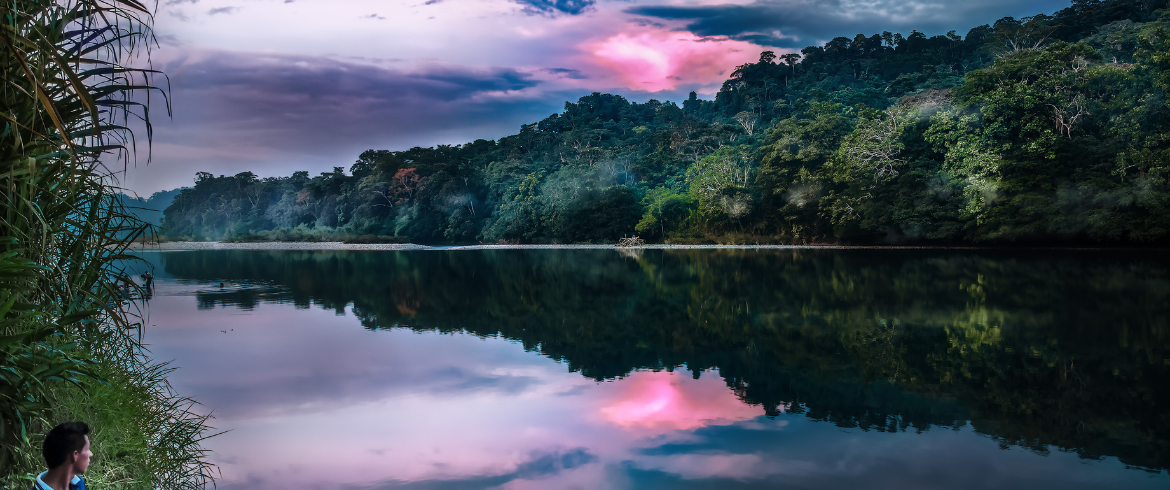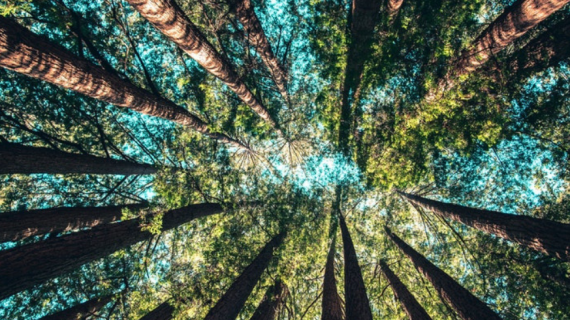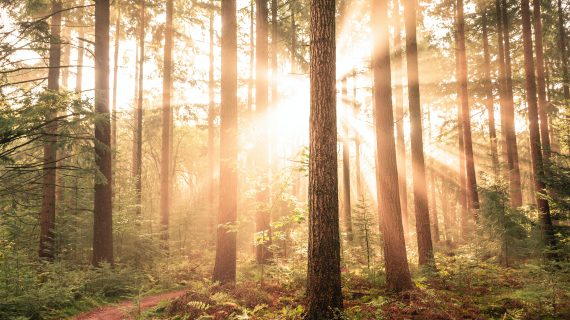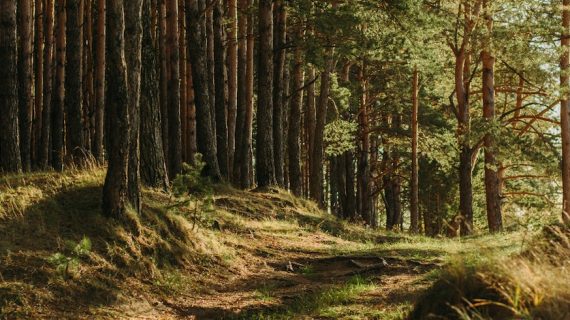The Amazon is more than just a forest: it is an extraordinary living organism, still largely unexplored and, above all, in need of protection. With its incredible trees and unmatched biodiversity, it represents one of the most fascinating and vital places on Earth.
Shall we explore it together?
1. The world’s largest carbon reservoir

The Amazon is not only the largest rainforest on the planet, but also the most important carbon reservoir in the world. The trees and soil store huge amounts of CO₂, helping to mitigate climate change and maintain the balance of our planet.
Its size is impressive: over 6 million km² across 9 South American countries, with Brazil hosting almost 60% of the forest. This vast green lung not only produces oxygen and hosts unique biodiversity, but also acts as a gigantic natural carbon storage, crucial for combating global warming.
2. Unmatched biodiversity
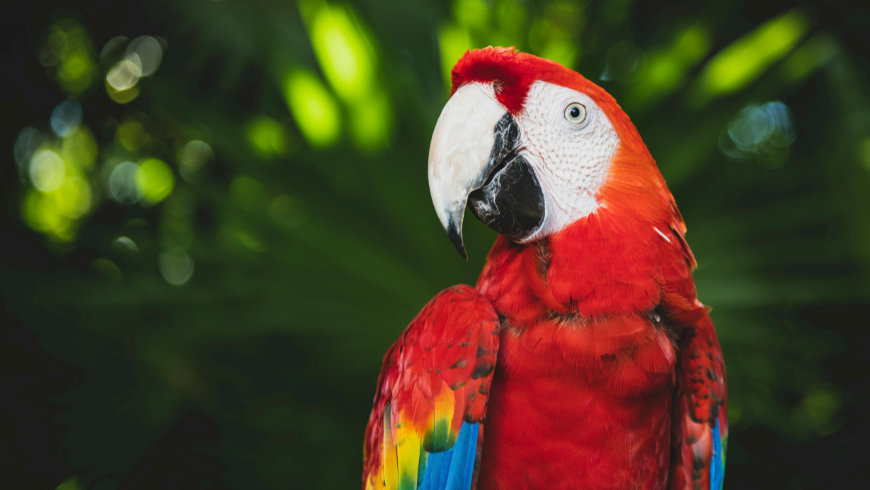
The Amazon rainforest is home to almost 10% of all known species on Earth!
Among them are:
- Amazon River dolphins
- Sloths and primates such as squirrel monkeys
- Poison dart frogs and piranhas
- Harpy eagles
In numbers:
- 800 species of reptiles and amphibians
- 1,300 species of birds
- 3,000 species of freshwater fish
- 40,000 species of plants
- 427 species of mammals
- 2.5 million species of insects
Fun fact: in the last ten years, over 10,000 new beetle species have been discovered in the western Amazon alone!
3. The majestic Amazon River
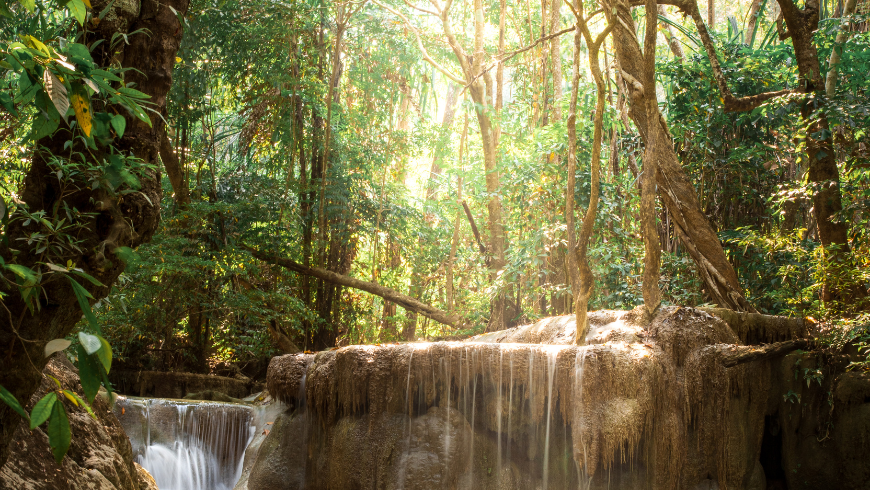
Stretching over 6,400 km, the Amazon River is the second-longest river in the world (after the Nile) and collects about 20% of all the planet’s freshwater.
This river is not just a natural wonder: it is vital for the survival of Amazonian flora and fauna, providing essential nutrients to this unique ecosystem.
Amazonia and its biodiversity in brief
- 800 species of reptiles and amphibians
- 1,300 species of birds
- 3,000 species of freshwater fish
- 16,000 species of various plants
- 40,000 species of plants
- 2.5 million species of insects
- 427 species of mammals
- 100,000 species of invertebrates
Current threats and challenges
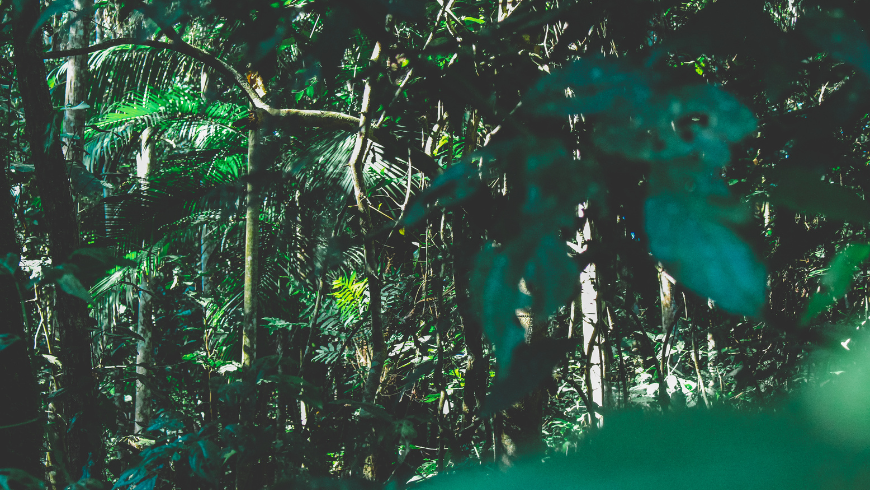
Today, the Amazon faces several threats:
Deforestation
Since 1970, large portions of the Amazon have been cut down or burned, compromising ecosystems, biodiversity, and its role as the planet’s “green lung.”
Climate crisis
Fires and deforestation, often linked to agriculture and livestock, destroy habitats and reduce the forest’s capacity to absorb CO₂, worsening climate change.
Ecological changes
Some areas of the Amazon emit more CO₂ than they absorb. This is caused by deforestation, fires, and droughts, which reduce trees’ ability to store carbon. As a result, instead of fighting global warming, these areas contribute to greenhouse gas emissions.
What we can do
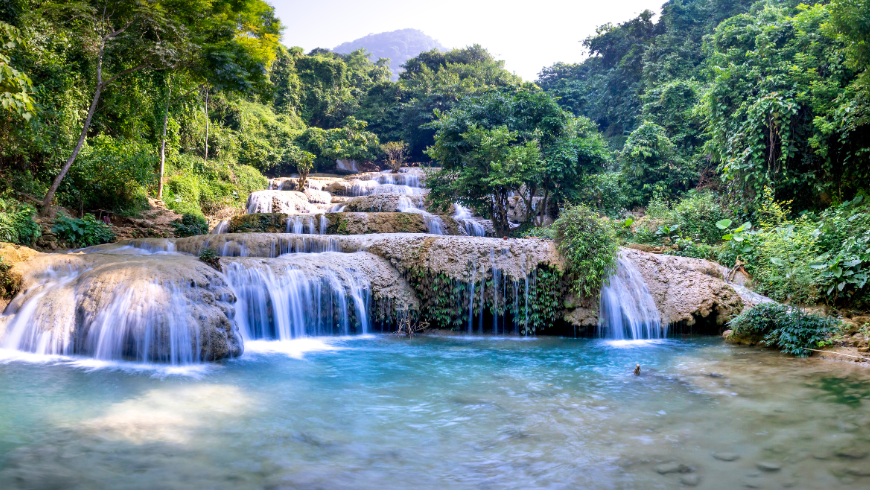
Organizations like WWF actively work to protect the Amazon and raise awareness about its importance. Each of us can contribute by adopting a more sustainable lifestyle, staying informed, and supporting environmental protection projects.
Cover photo source: Canva Pro
